The disruption of supply chain and logistics has emerged as one of the most impactful business challenges for manufacturers.
During COVID an overwhelming majority of manufacturers experienced a surge in demand, and many made significant changes to their supply chains. According to Forbes, when asked about the methods they’re using to circumvent supply chain disruption, 71% of surveyed manufacturers are redesigning their supply chains with technology, 58% are increasing their supplier base, 55% are demanding more transparency from their suppliers, and 45% are re-shoring or near-shoring. We’ve taken these hard lessons learned and turned them into valuable insights that can be applied to future market fluctuations or economic downturns.
Being proactive with operational and
supply chain optimization is necessary to survive inevitable downturns. As market volatility fluctuates, manufacturers may eventually have to make tough decisions about where to focus their resources to mitigate risk and provide the best ROI. Our motto? It’s best to be proactive rather than reactive.
Prioritizing a supply chain strategy that conserves energy is especially crucial for smaller manufacturers who do not benefit from the same sizeable supply chain functions and crisis-tested processes as a larger company.
When resources are spread thin, marketing efforts are often the first to get the ax—but by making data-backed decisions on what market segments to focus on and which differentiators to highlight, manufacturers can actually leverage their marketing to help navigate their supply chain issues.
The key is not redirecting your marketing spend to other pain points, but optimizing your marketing to provide the best possible ROI.
Determining Your Highest-ROI Customers
Start by
evaluating and ranking your customers. While it’s good practice to treat every client equally from a customer service standpoint, when it comes to ROI, not all clients are of equal value to your business. Zeroing in on the clients who offer the best ROI will keep you from suffering from a lack of focus. After all, if you try to serve everyone under the sun, you’ll unavoidably waste time and energy on low-ROI or bad-fit clients and spend too little time on your high-ROI, good-fit clients.
When determining which segments of your audience to focus on, ask yourself these questions:
- Which customer segments show the most lifetime value?
- Which customer segments are critical to sustaining your business?
- Which customer segments are critical to growing your business?

Once you’ve identified these critical segments, look at where they overlap. What do those customers need? Those needs are going to provide you with the highest ROI—but which of those needs can you realistically fulfill at this time? Remember that the needs you can fulfill now may not be your primary product line, and may not offer a long-term solution.
It’s at this point you’ll want to determine the labor or other resources needed to fulfill this customer segment’s needs—like specialized talent, additional sales representatives, and updated marketing messaging and campaigns—and source them. By focusing on satisfying this market segment’s needs, you’re making a worthwhile investment in the highest-ROI clients.
Identify Your Strongest Differentiators
Now it’s time to
evaluate your competitive differentiation with regard to your highest-ROI customers and relevant offerings. Do you need to strengthen areas of differentiation? In most circumstances, cost is not an effective area of differentiation, so you’ll need to look elsewhere to find your strongest elements.
Process is a valuable differentiator, particularly if your process is especially sensitive to the customer’s experience. Taking the time and resources to define your process visually on your website and in other marketing materials can help set customer expectations and increase their trust and confidence in your capabilities. Now is not the time to be precious about protecting the proprietary
je ne sais quoi
that makes your process unique—be upfront about your process and what it entails so customers understand what to expect.
As humans and as customers, we want to feel heard, so highlighting your process’s collaborative approach can be an effective positioning. You’ll want your marketing materials to visually communicate how your process reinforces that collaborative approach through discovery and ideation, being sure to center the customer experience throughout. If you offer custom manufacturing, show how your process starts with the client’s
problem rather than selling them a predetermined solution.
A reputation for
being easy to work with can also be a valuable differentiator. Perhaps your process gives your team an advantage over competitors in terms of efficiency, timeliness, or customer communication. Or, looking at your customer satisfaction performance metrics, you may find that you have an especially prompt response time, guaranteed call answers by an expert, or uniformly outstanding responses across different communication channels.
Any of these stand-out qualities could be expanded into differentiators highlighted throughout your site, social media profiles, and other marketing materials. By positioning your strongest differentiators front and center, you’re making it easy for prospects to choose you with confidence.
Align Your Business & Your Priorities
Once you’ve determined your prioritized customer segments and offerings and layered on your competitive differentiators, it’s time to make the necessary changes and communicate with your team to align your organization around these priorities.
Start by getting your sales and operations teams up to date, ensuring they’re on the same page and empowered to make decisions that support these new priorities. In your discussion with these teams, you’ll want to cover three core concepts:
- Process.
Review your process and its strongest qualities. Talk about best practices regarding when and how to walk customers through your process.
- Timelines.
Particularly during times of supply chain disruption, it’s crucial to set accurate timeline expectations early. Does your sales team provide clients with transparent, realistic timelines for production?
- Capabilities. Give your sales team a refresher on your capabilities, ensuring they understand any limitations. Review any factors that increase complexity in both the short- and long-term.
As you continue working to synchronize your organization, consider how your marketing and sales teams will support the new prioritization. Your differentiators will need to be integrated into your sales and marketing materials, but the messaging must go deeper than simply stating your offerings and your strengths. Refer back to your highest-ROI customer segment and your strongest differentiators. Your messaging will need to both
resonate with your prioritized customer segment
and
focus on the
advantages
and
benefits
your differentiators give the customer—not just
what
the differentiators are.
Once your messaging is updated, it needs to get in front of your customers and prospective customers. Consider how best to bring awareness to your existing customers about your ability to fulfill their needs: Is it a relationship play through your sales or customer service teams? Is it marketing-driven, or supported via email or other channels?
Of course, you’re not only trying to reach your existing customers. You’ll also need to brainstorm ways of reaching new customers, particularly the ones in your prioritized customer segment. This may look like a referral play for your sales team to execute with your current partners and customers, or it may be an outbound sales play in which your team generates a list (using
Zoominfo,
SalesIntel, or another source) and then breaks it into territories for sales. If your sales play will need to adapt or evolve to more effectively meet the market, now is the time to make those changes with your team.
Finally, determine how you will measure the success of your efforts and iterate. You’ll likely need to define some metrics or KPIs around this initiative to help you gauge success. Be realistic about the length of time necessary to accurately measure success, too—unrealistic expectations about overnight success could lead to abandoning an effort before it had the chance to pick up steam.
One of the most critical components of successfully aligning your organization with your newly defined priorities is communication with your team. Without clear communication to the organization at large around your plans—and their support of this new direction—your efforts will be less impactful than you’d hoped. Communicate early and often with your team to ensure they’re clear on the path forward and the reasoning behind the decisions. Framing the changes as an effort to defend your business and strengthen your position in the market will help to build support and excitement around your efforts.
Determining What to De-Prioritize
As a final note on priorities, it’s important to touch on the other side of the coin: de-prioritization. By definition, not everything can be a priority—if everything is prioritized, then nothing is. After you’ve determined your areas of priority as outlined above, consider what you will de-prioritize while these elements take precedence. Your organization and efforts will lose focus—and therefore efficiency and efficacy—if things are only ever moved up in importance, so take a good, hard look at what can be pushed to the back burner until the tumult has subsided and plan accordingly.
Finding the Right Marketing Partner
While the climate of manufacturing supply chain issues will always fluctuate, your response to them will have a lasting impact on your manufacturing business. Finding a marketing partner that understands the unique needs of manufacturers is the first step in preparing your business for whatever the market throws your way. By enlisting the expertise of a trusted agency partner to prioritize your highest-ROI customer segment and highlight your strongest differentiators, you can set realistic expectations for new and existing clients, grow your business, and be prepared for turbulent times.



